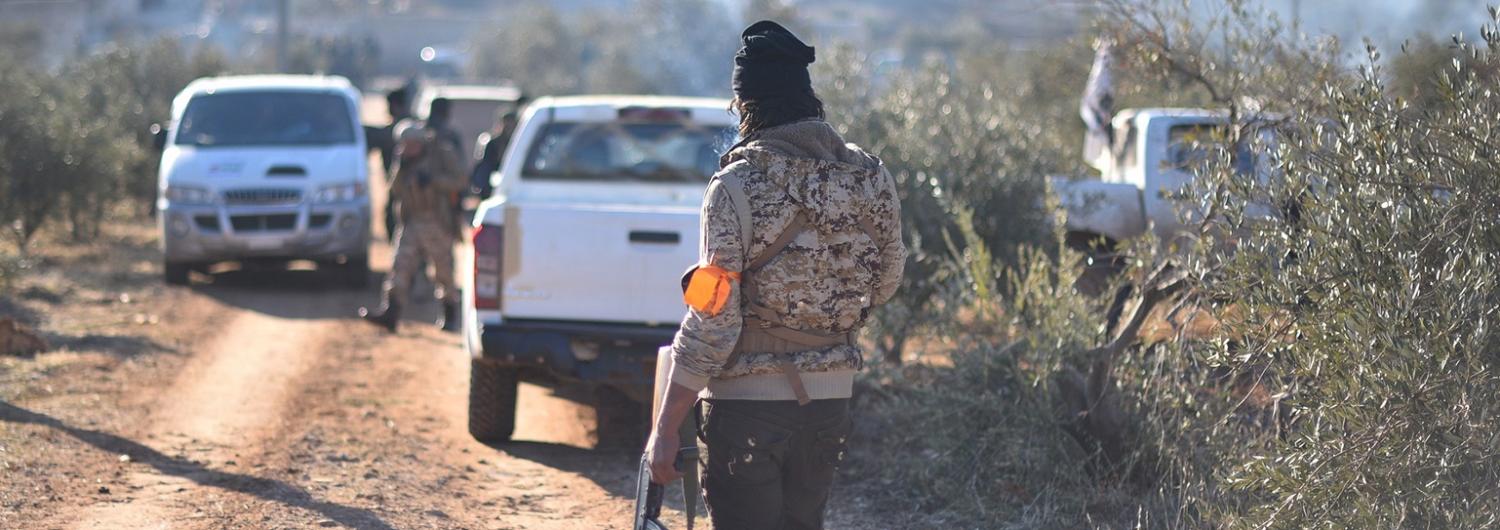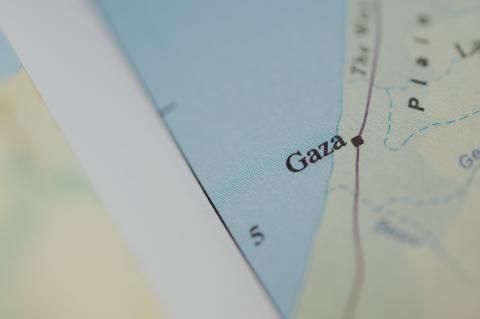Syria has already been referred to as the most socially-mediated conflict ever. But while most have viewed Syria through this lens (often because it's the platform favoured by reporters), social media has proven to be a poor substitute for accuracy. The problem, of course, is that objective news reporting from Syria is incredibly difficult.
There are few (if any) independent sources of information. Both sides of the conflict understand the Western news cycle and try to use it to their advantage by providing their own version of events. In the absence of any-on-the ground alternative, these sources are often tapped. Time constraints and deadlines mean many claims are reported uncritically, and for some, journalism has long since given way to advocacy. Determining the credibility of claimants or the veracity of information takes a back seat to publishing.
I say this because the end of the battle for East Aleppo has thrown up some interesting issues that have largely gone unnoticed. I have written previously how the presence of armed elements fighting amongst the civilian population for no military advantage and in contravention of international humanitarian law went largely unreported. The dominant narrative was the presence of civilians (particularly children) and the need for the Syrian and Russian governments to stop their military action to save these civilians. No media pressure was brought to bear to get the fighters to justify their presence or to withdraw. But if the aim was to save civilian lives then surely the more effective target for public pressure would have been those engaged in a futile military defence that endangered civilian lives, rather than a military in the throes of a decisive victory that also endangered those lives.
Exactly how many people were in East Aleppo during the latter part of the siege is difficult to accurately determine, although very high numbers were quoted and used by interested parties as a justification for intervention. On 12 July, CNN used an estimate from the one-man Syrian Observatory for Human Rights (SOHR), that put the number of trapped residents between 200,000 and 250,000. On 8 November the BBC reported at least 250,000 people were unable to leave. On 17 November the Washington Post ran a piece by the head of the White Helmets and SAMS calling on the international community to lift the sieges in Syria. It spoke of the dire situation facing the 250,000 people (including 100,000 children) trapped in Eastern Aleppo.
Yet after East Aleppo fell and the evacuation was completed, the figures were much lower. The latest UN report states that just over 30,000 people from East Aleppo were evacuated or relocated to rebel-held Idlib and the western Aleppo countryside. Another 90,000 from East Aleppo remain in Aleppo city, of whom around 38,000 have shifted to government-held West Aleppo. There appears to be a rather large anomaly between the numbers of people reportedly trapped by the siege and those who actually were, particularly in reference to children. The numbers also raise questions as to how so many residents of East Aleppo found their way to regime-controlled areas without apparent difficulty.
In such a confusing environment, accurate numbers are always going to be hard to obtain. Organisations such as the UN have to err on the side of caution and assume a worst-case number. Other news agencies, however, then run with the figure. The result is that a number that was most likely based on a guess-timate becomes a fact with all the authority of the UN behind it. Opposition lobby groups who seek Western military intervention without offering any strategic rationale or methodology for doing so will always inflate claims as a way of generating sympathy and as an argument for entangling the west in the Syrian morass. What Western media should be alert to is the willingness of opposition and regime spokespeople alike to exaggerate claims. In a conflict as opaque and complex as Syria, the credibility of claims and those making them should dictate how the issues are reported on. In future posts I will explore further the issue of the media, critical analysis and credibility in the Syrian context.

